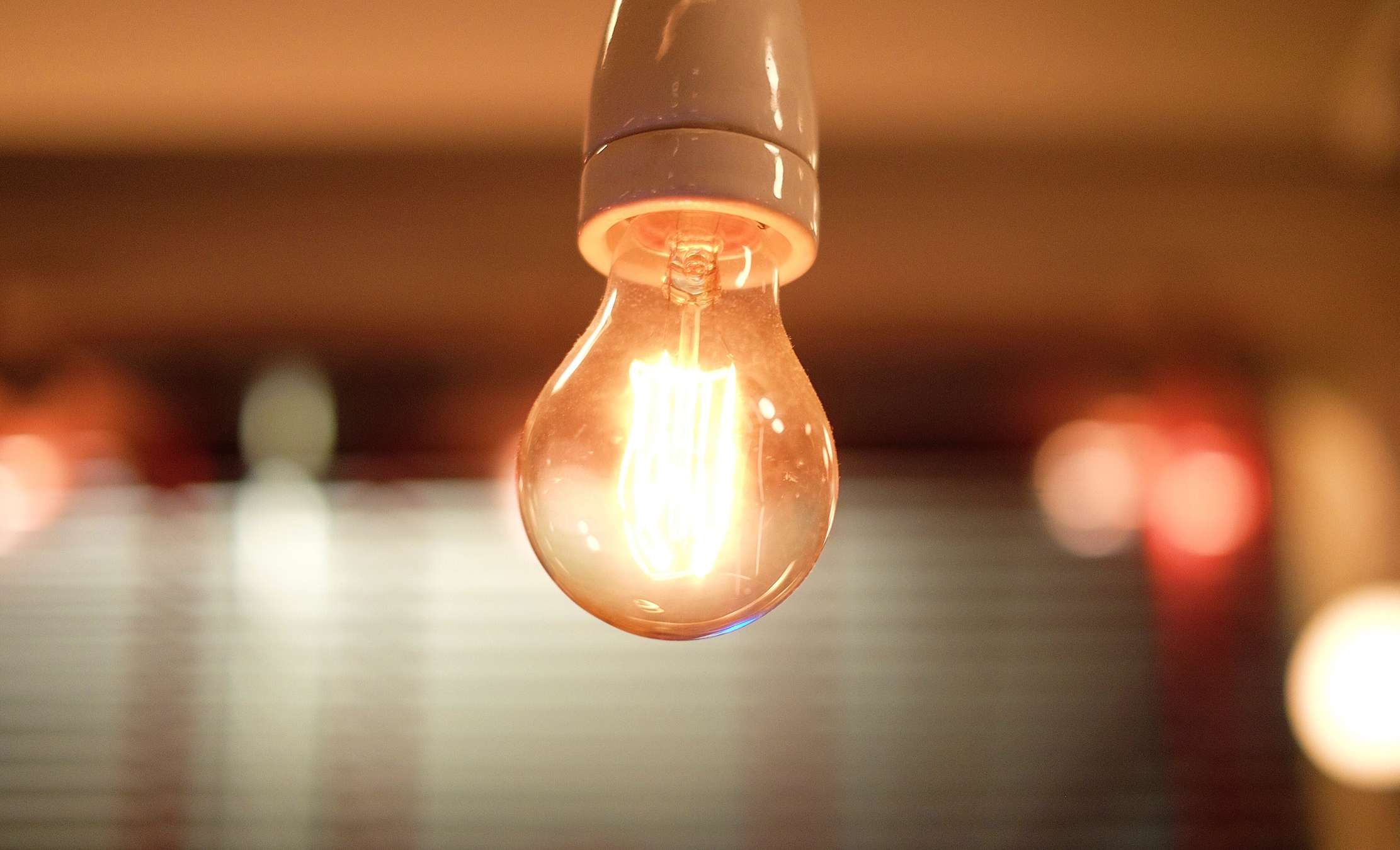

Articles
Light Bulb Is Flickering When Turned On
Modified: January 6, 2024
Discover articles and tips to troubleshoot and fix the issue of a light bulb flickering when turned on. Find solutions to ensure a consistent and stable lighting experience.
(Many of the links in this article redirect to a specific reviewed product. Your purchase of these products through affiliate links helps to generate commission for Storables.com, at no extra cost. Learn more)
Introduction
There’s nothing quite as frustrating as flipping the switch to turn on a light bulb, only to be greeted with a flickering glow. Whether it’s a mild flicker or a rapid strobe effect, a flickering light bulb can be bothersome and even indicative of an underlying electrical issue. Understanding the possible causes of light bulb flickering and how to address them can help you restore a steady and reliable source of illumination.
There are several factors that can contribute to a light bulb flickering when turned on. It’s important to note that not all flickering is created equal. Sometimes, a flicker can be completely harmless and temporary, while in other cases, it may indicate a more serious issue that requires professional attention.
In this article, we will explore the common causes of light bulb flickering, how to determine the cause of the flickering, and offer some potential solutions to help rectify the issue.
Let’s shed some light on this frustrating problem and find the best course of action to ensure a steady and uninterrupted flow of illumination.
Key Takeaways:
- Don’t be left in the dark when dealing with a flickering light bulb. From loose connections to electrical overloads, understanding the causes and implementing simple solutions can restore a steady and uninterrupted glow to your space.
- While some light bulb flickering issues can be resolved with DIY solutions, persistent flickering, visible damage, or concerns about wiring require the expertise of a licensed electrician. Prioritize safety and seek professional help when needed to ensure a safe and reliable electrical system.
Read more: Lights Flicker When AC Turns On
Possible Causes of Light Bulb Flickering
There are several possible causes that can contribute to the flickering of a light bulb. Understanding these causes can help you identify the source of the problem and take appropriate measures to address it.
- Loose Bulb: One common cause of light bulb flickering is a loose connection between the bulb and the socket. Over time, vibrations or frequent bulb changes can loosen the connection, resulting in intermittent flickering. To fix this issue, turn off the power and carefully tighten the bulb in the socket. Just be sure not to overtighten, as this can damage the socket or bulb.
- Old or Faulty Bulb: Another possible cause of flickering is an old or faulty bulb. As bulbs age, the filaments inside them can wear out, causing flickering or even complete failure. Simply replacing the bulb with a new one can often solve the issue. Additionally, low-quality or defective bulbs may also flicker. Choosing high-quality bulbs from reputable manufacturers can help minimize this problem.
- Incompatible Dimmer Switch: If you have a dimmer switch installed, it’s important to ensure that it is compatible with the type of bulb you are using. Some bulbs, such as certain LED or CFL bulbs, require specific dimmers designed to work with them. Flickering can occur if the dimmer switch is not compatible or if it’s not set properly. Refer to the manufacturer’s guidelines or consult an electrician to check for compatibility and make any necessary adjustments.
- Electrical Overload: An overloaded electrical circuit can cause lights to flicker. This can happen when there are too many electrical appliances or devices drawing power from the same circuit. The excessive load can result in voltage fluctuations, leading to flickering lights. To address this issue, redistribute the devices across multiple circuits or consult an electrician to install dedicated circuits for high-power consuming appliances.
- Wiring Issues: Faulty or deteriorating wiring can also be a contributing factor to light bulb flickering. Loose or damaged wires can cause intermittent connection problems, resulting in flickering lights. If you suspect wiring issues, it’s best to seek professional assistance. An electrician can inspect the wiring, identify any faults, and make the necessary repairs.
These are just a few of the possible causes of light bulb flickering. In the next section, we will discuss how to determine the exact cause of flickering and find appropriate solutions to address the issue.
How to Determine the Cause of Flickering
When faced with a flickering light bulb, it’s important to determine the cause of the issue before taking any corrective measures. Here are some steps you can take to help identify the underlying cause of the flickering:
- Check other lights: Start by checking if the flickering is limited to a specific bulb or if it’s happening with multiple lights in your home. If it’s isolated to one bulb, the issue is likely with that particular bulb. However, if multiple lights are flickering, it may indicate a broader electrical problem.
- Inspect the bulb: Take a close look at the affected bulb. Check if it is securely screwed into the socket and if the filament appears intact. If the bulb is visibly damaged or worn out, replacing it with a new one can often solve the problem.
- Try a different bulb: If you suspect that the bulb itself is the issue, try swapping it with a different bulb from a different area of your home. If the flickering persists with the new bulb, it suggests that the problem lies elsewhere.
- Test with a different socket: If swapping the bulb doesn’t resolve the flickering, try using the suspect bulb in a different socket. If the flickering continues in the different socket, it indicates that the problem is likely with the bulb. However, if the flickering stops, it suggests that the socket itself may be the culprit.
- Consider dimmer switch compatibility: If the flickering is happening with a dimmer switch in use, verify that the bulb is compatible with the dimmer and adjust the settings accordingly. If the flickering persists, you may need to consult an electrician to check for compatibility issues or replace the dimmer switch.
- Consult with an electrician: If you have exhausted the above steps and are still unable to determine the cause of the flickering, it’s best to seek professional assistance. An electrician can inspect your electrical system, check for any underlying issues, and provide the necessary expertise to resolve the problem.
By following these steps, you can better understand the cause of the flickering and make informed decisions on how to address the issue. In the next section, we will explore some common solutions for light bulb flickering.
Check if the light bulb is screwed in properly. If it’s still flickering, try replacing the bulb with a new one to see if the issue persists. If it does, there may be a problem with the fixture or wiring.
Common Solutions for Light Bulb Flickering
Once you have determined the cause of the light bulb flickering, you can implement appropriate solutions to resolve the issue. Here are some common solutions that can help address light bulb flickering:
- Tighten the bulb: If the flickering is caused by a loose bulb, simply turning off the power and tightening the bulb securely in the socket can eliminate the issue. Be careful not to overtighten, as this can cause damage.
- Replace the bulb: If the bulb is old, damaged, or of low quality, replacing it with a new, high-quality bulb can often solve the flickering problem. Choose bulbs from reputable manufacturers to ensure reliability.
- Adjust dimmer settings: If the flickering is occurring with a dimmer switch, make sure that the bulb is compatible with the dimmer and adjust the settings accordingly. Consult the manufacturer’s guidelines or seek professional assistance if needed.
- Address electrical overload: If the flickering is due to an overloaded circuit, you can redistribute the load by plugging devices into different circuits or hiring an electrician to install dedicated circuits for high-power appliances.
- Repair or replace faulty wiring: If wiring issues are causing the flickering, it’s crucial to consult with a qualified electrician. They can inspect the wiring, identify any faults or damage, and make the necessary repairs or replacements to ensure a safe and reliable electrical system.
- Upgrade to LED bulbs: LED bulbs are known for their energy efficiency and longevity. They are less prone to flickering compared to traditional incandescent or CFL bulbs. Consider upgrading to LED bulbs, which can provide a more stable and consistent lighting experience.
It’s important to note that while these solutions can address common causes of light bulb flickering, some issues may require professional assistance. If you are unsure or uncomfortable with electrical troubleshooting, it is always best to consult with a licensed electrician to ensure safety and proper resolution of the problem.
By implementing these solutions, you can enjoy a steady and flicker-free lighting experience in your home or workspace.
When to Seek Professional Help
While some cases of light bulb flickering can be resolved with simple solutions, there are instances where it is necessary to seek professional help. Here are some situations that indicate the need for professional assistance:
- Persisting flickering: If the light bulb continues to flicker even after trying different bulbs and troubleshooting the socket, it may be a sign of a larger electrical issue. A licensed electrician can identify and address the underlying cause of the persistent flickering.
- Flickering throughout the house: If multiple light fixtures in your home are experiencing flickering simultaneously, it suggests a potential wiring problem. A professional electrician can inspect the electrical system and troubleshoot the issue to ensure the safety and proper functioning of your electrical setup.
- Visible damage or deterioration: If you notice any visible damage or deterioration in the electrical wiring, sockets, or fixtures, it is crucial to contact an electrician. These issues can pose serious safety hazards and require the expertise of a professional to repair or replace damaged components.
- Tripping breakers or frequent power outages: If the flickering of your light bulbs is accompanied by tripping breakers or frequent power outages, it indicates a more complex electrical issue. These situations necessitate immediate professional attention to prevent any further damage and ensure the safety of your electrical system.
- Concerns about electrical wiring: If you are uncertain about the state of your electrical wiring or if you suspect any wiring-related problems, it is best to consult with a professional electrician to conduct a thorough inspection. They can identify any potential hazards and provide the necessary repairs or replacements.
Remember, electricity can be dangerous, and attempting to fix electrical issues without proper knowledge and experience can lead to accidents or further damage. It is always safer to entrust electrical work to qualified professionals who have the expertise and training to handle these situations.
By seeking professional help when needed, you can ensure the safety and functionality of your electrical system while avoiding unnecessary risks.
Read more: Lights Flicker When Space Heater Turns On
Conclusion
Dealing with a flickering light bulb can be frustrating, but with the right knowledge and understanding of the possible causes, you can often resolve the issue on your own. By following the steps outlined in this article, you can identify the underlying cause of the flickering and implement appropriate solutions, such as tightening the bulb, replacing it with a new one, adjusting dimmer settings, or addressing wiring issues.
However, it’s important to recognize that there are instances where seeking professional help is necessary. Persistent flickering, flickering throughout the house, visible damage or deterioration, tripping breakers, frequent power outages, or concerns about the electrical wiring should all prompt you to consult with a licensed electrician. They have the expertise and training to diagnose and resolve more complex electrical issues safely and effectively.
Remember, safety should always be the top priority when dealing with electricity. If you are unsure or uncomfortable with any electrical troubleshooting, it is best to err on the side of caution and seek professional assistance.
By addressing light bulb flickering promptly and appropriately, you can ensure a steady and reliable source of illumination in your home or workspace. Whether it’s a loose bulb, old or faulty wiring, or compatibility issues with dimmer switches, taking the necessary steps to resolve the flickering will not only improve the quality of your lighting but also contribute to the overall safety and comfort of your space.
So the next time you encounter a flickering light bulb, don’t be left in the dark. Use the information in this article to help you determine the cause and find the right solution to restore a steady and uninterrupted glow.
Frequently Asked Questions about Light Bulb Is Flickering When Turned On
Was this page helpful?
At Storables.com, we guarantee accurate and reliable information. Our content, validated by Expert Board Contributors, is crafted following stringent Editorial Policies. We're committed to providing you with well-researched, expert-backed insights for all your informational needs.
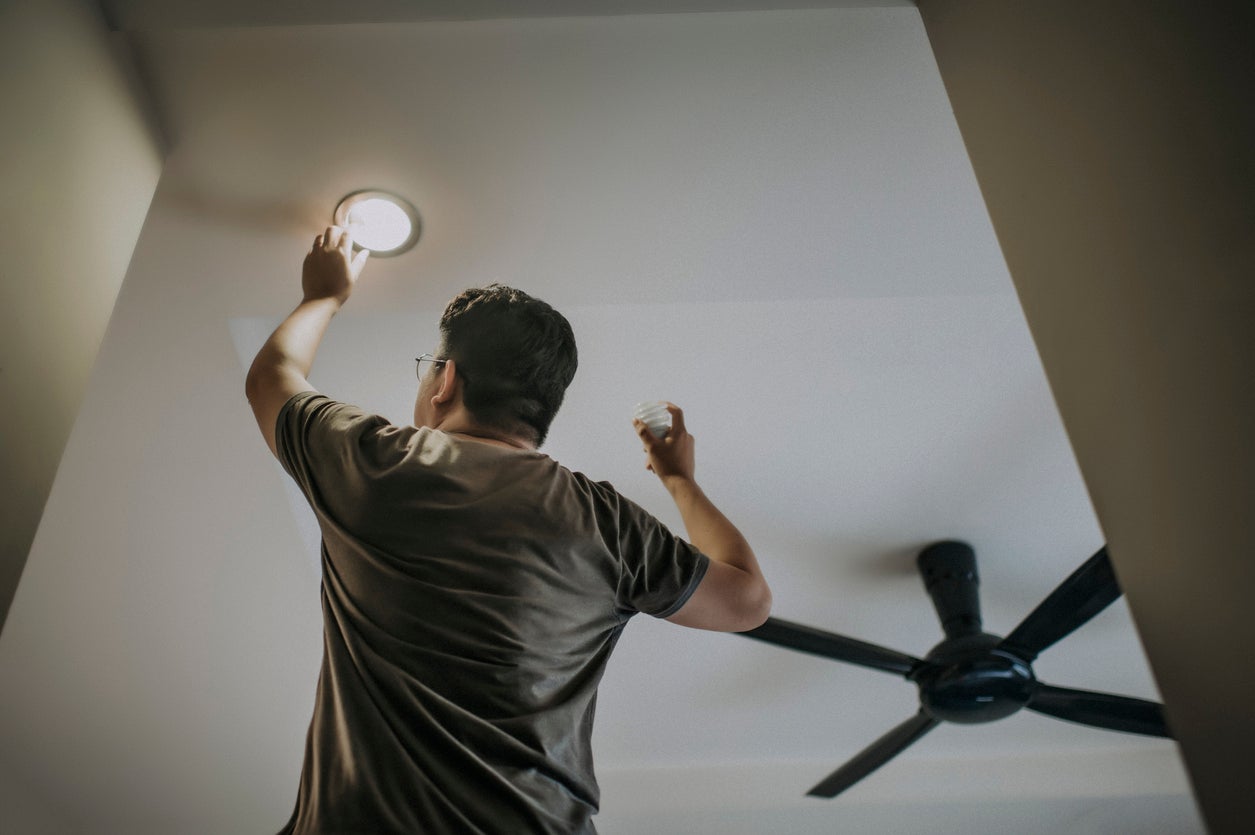

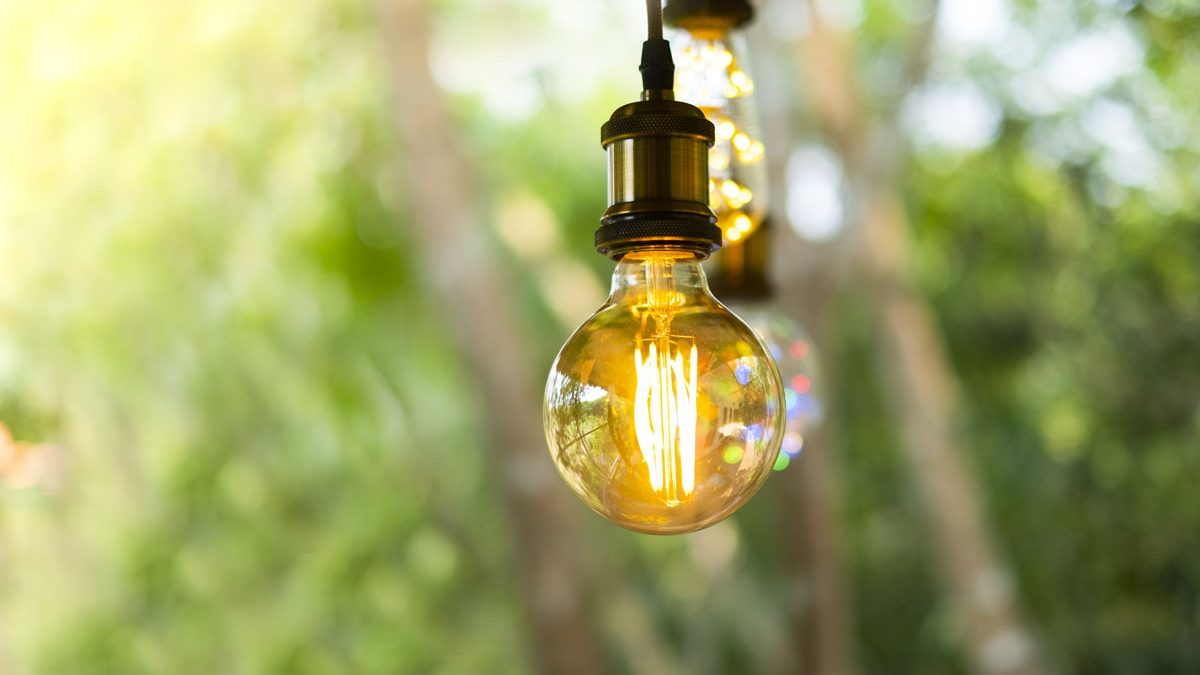
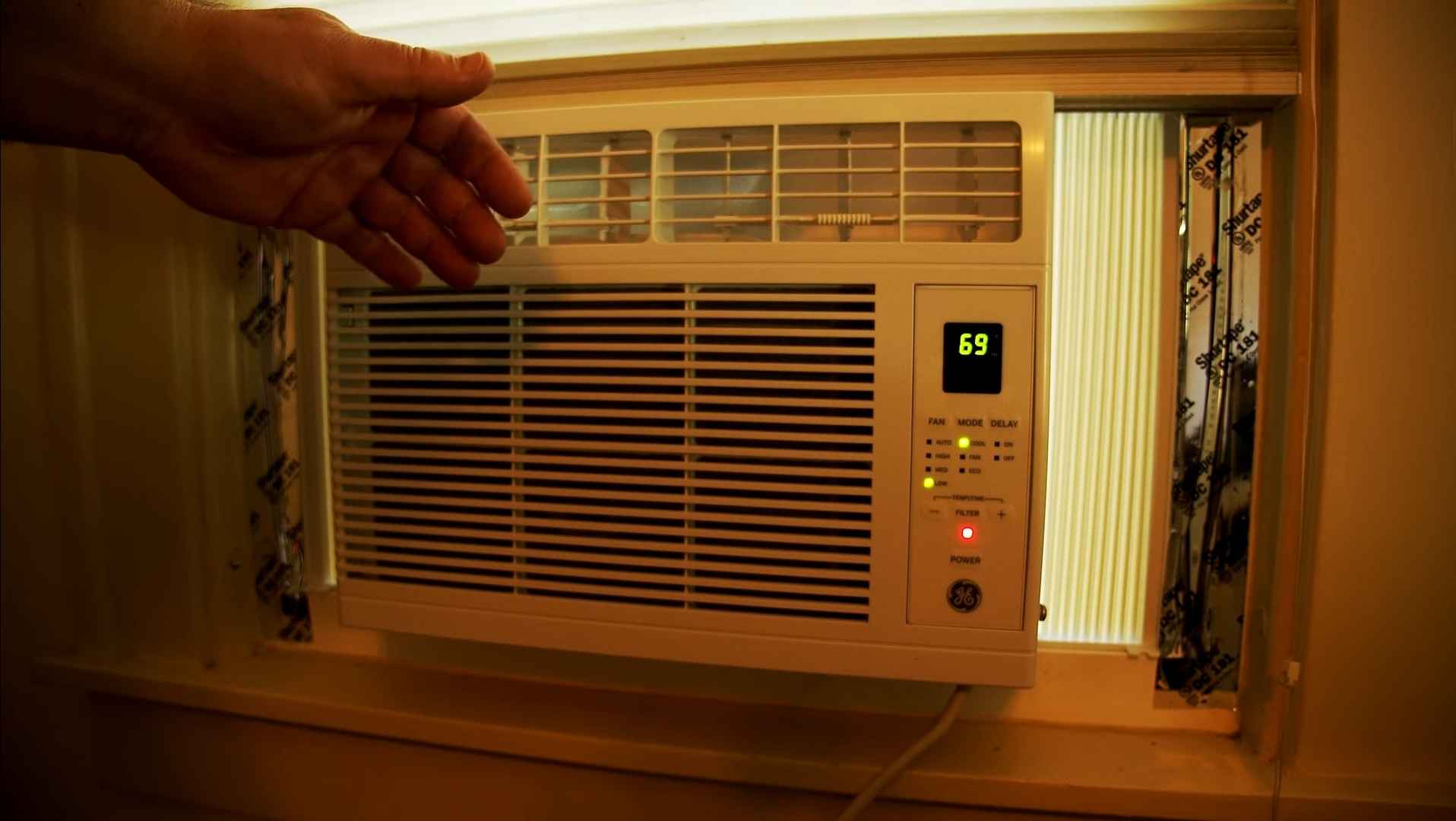
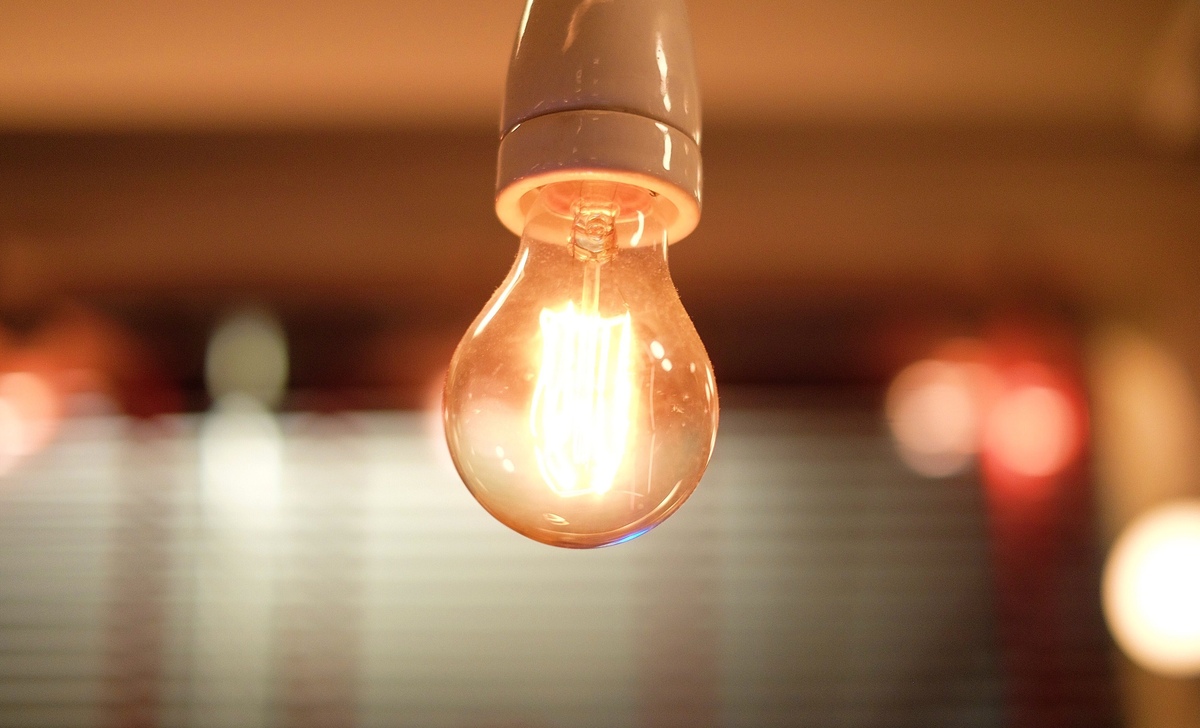
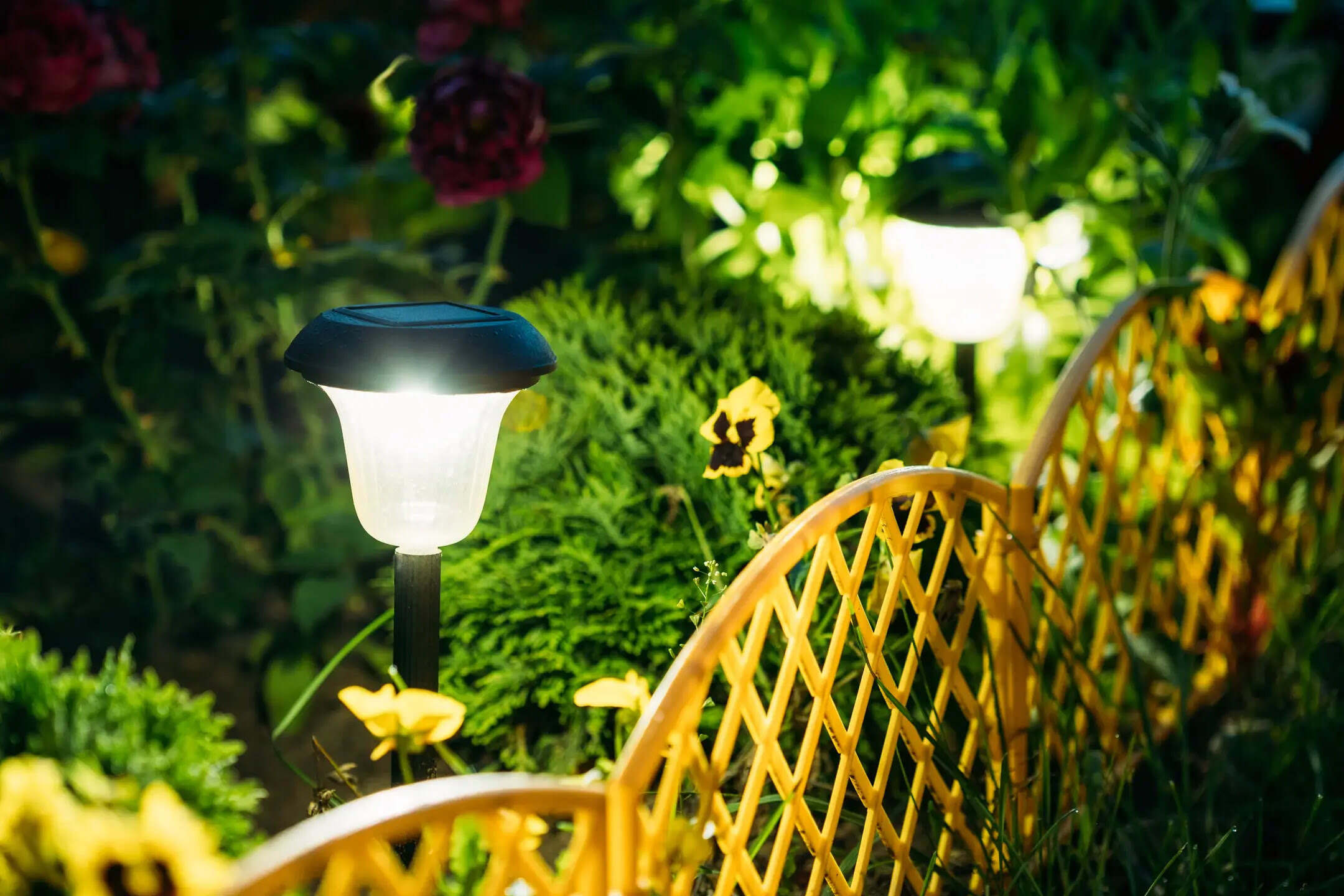
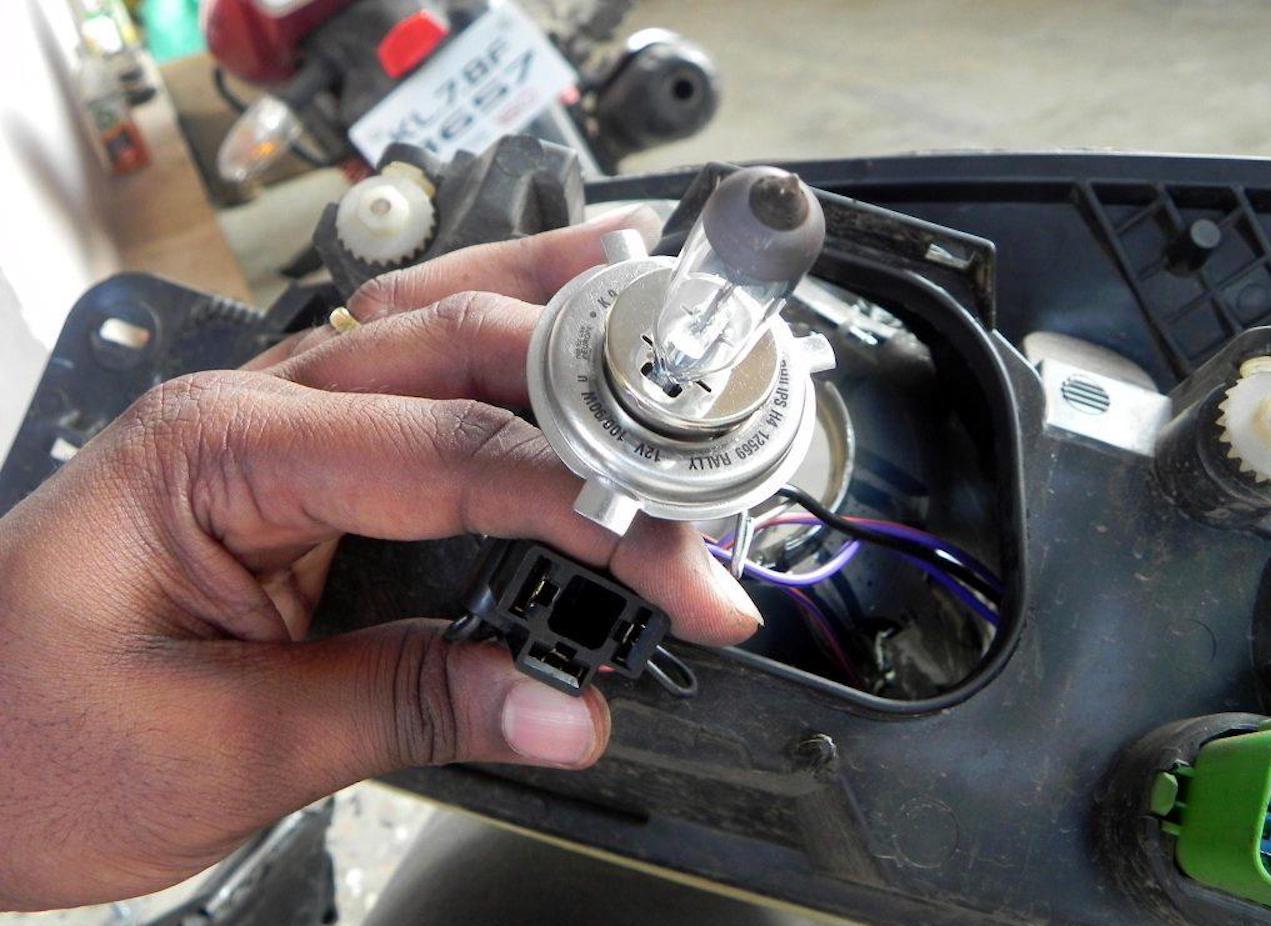

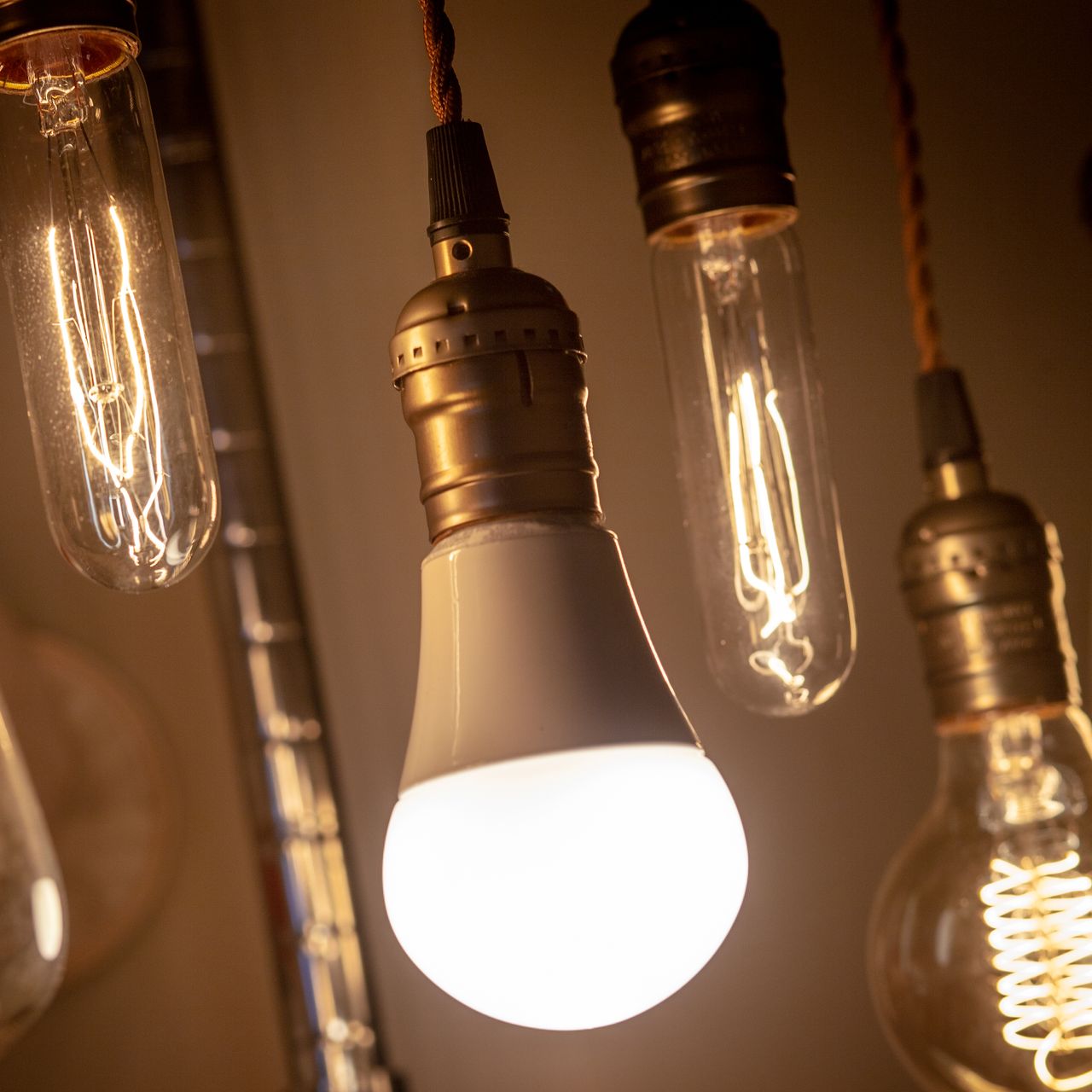
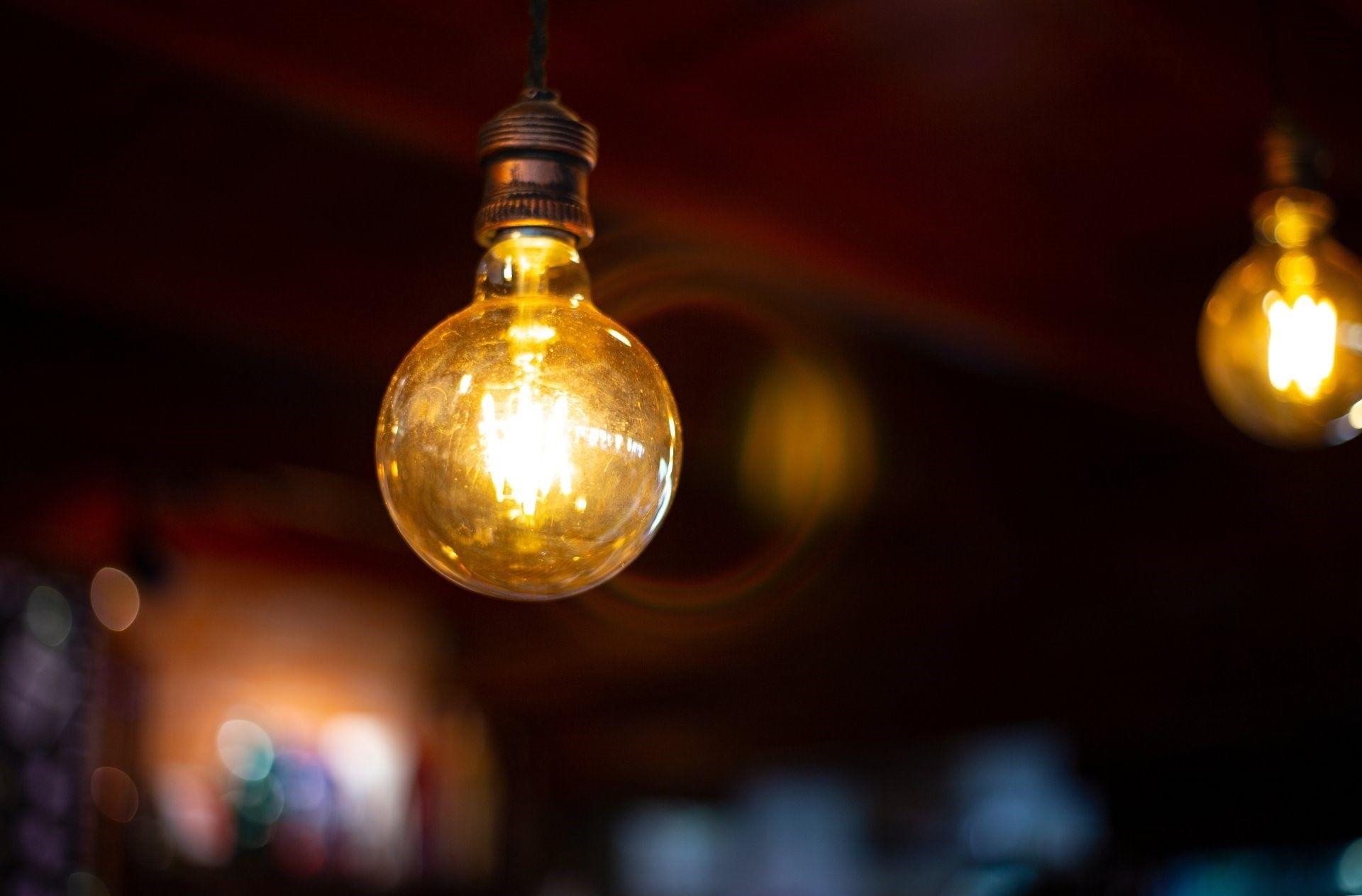
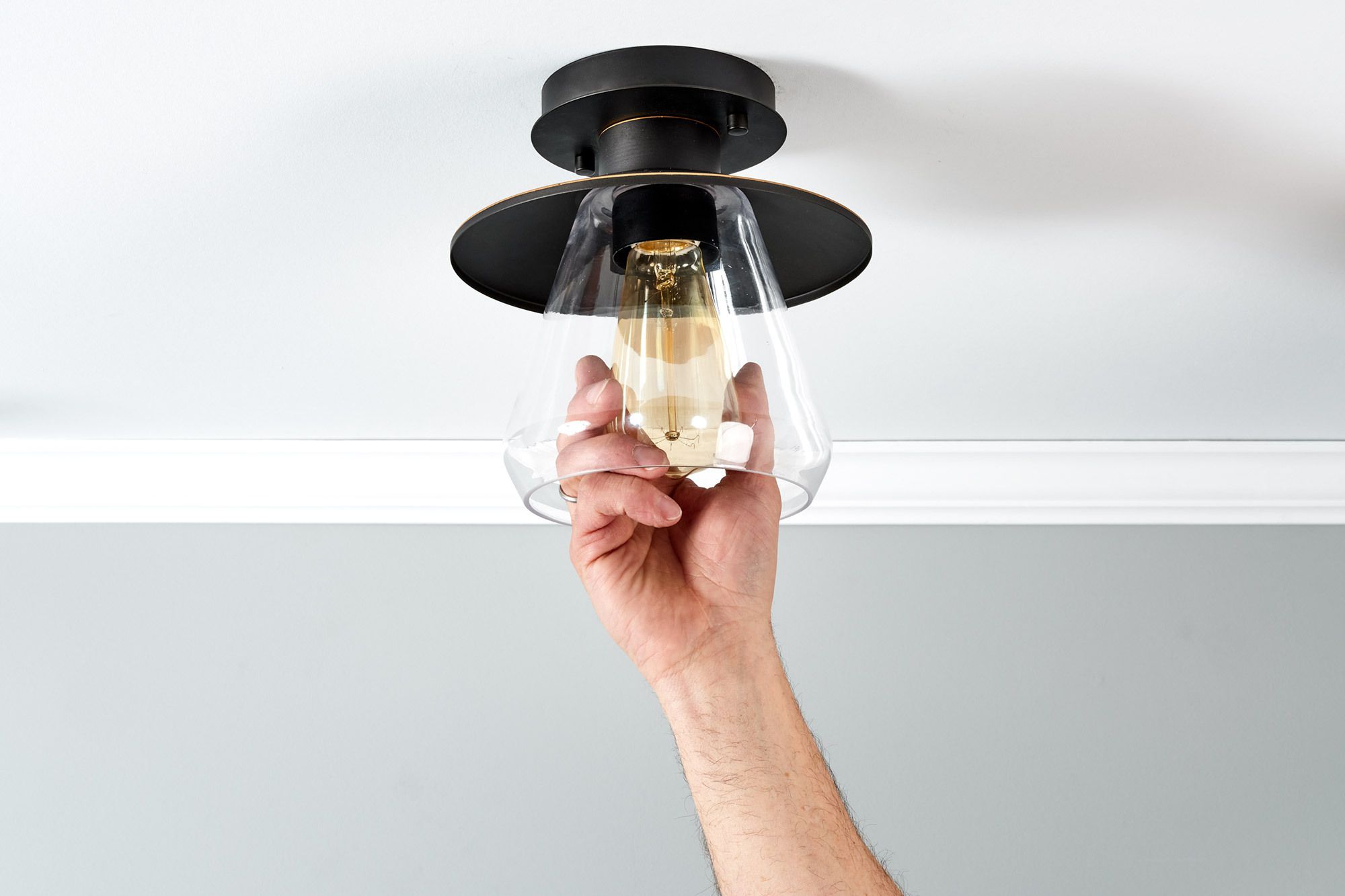
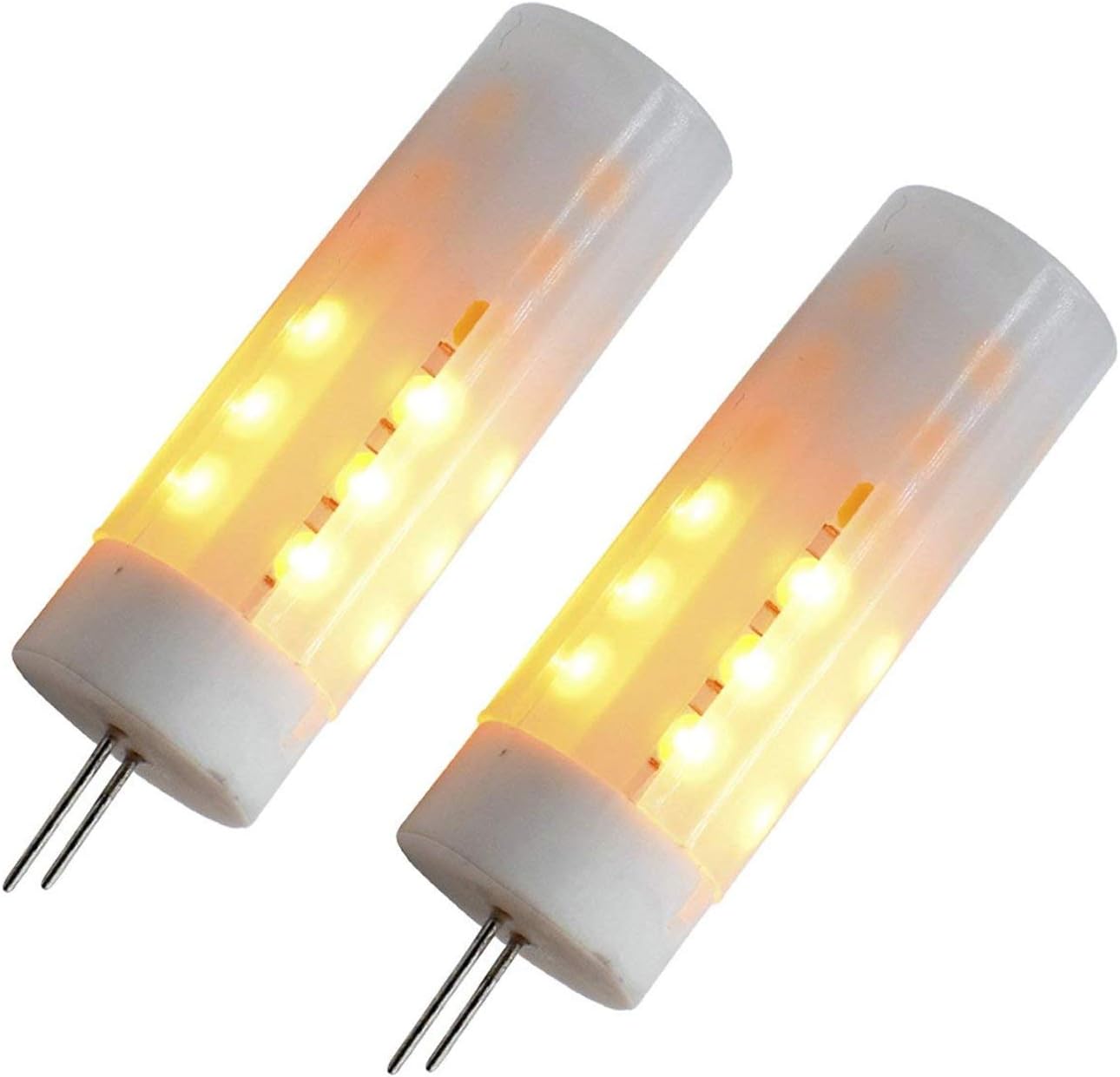

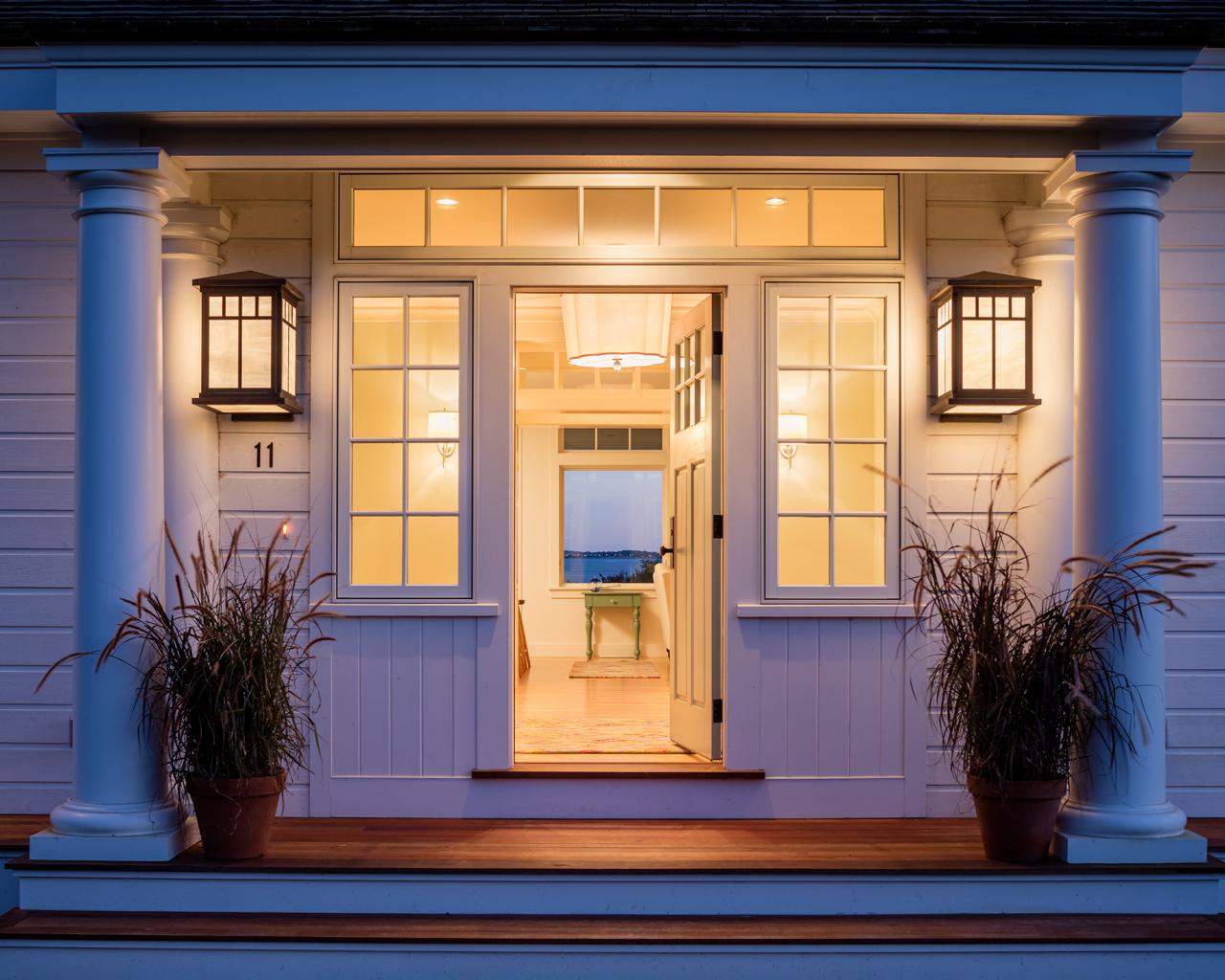

0 thoughts on “Light Bulb Is Flickering When Turned On”